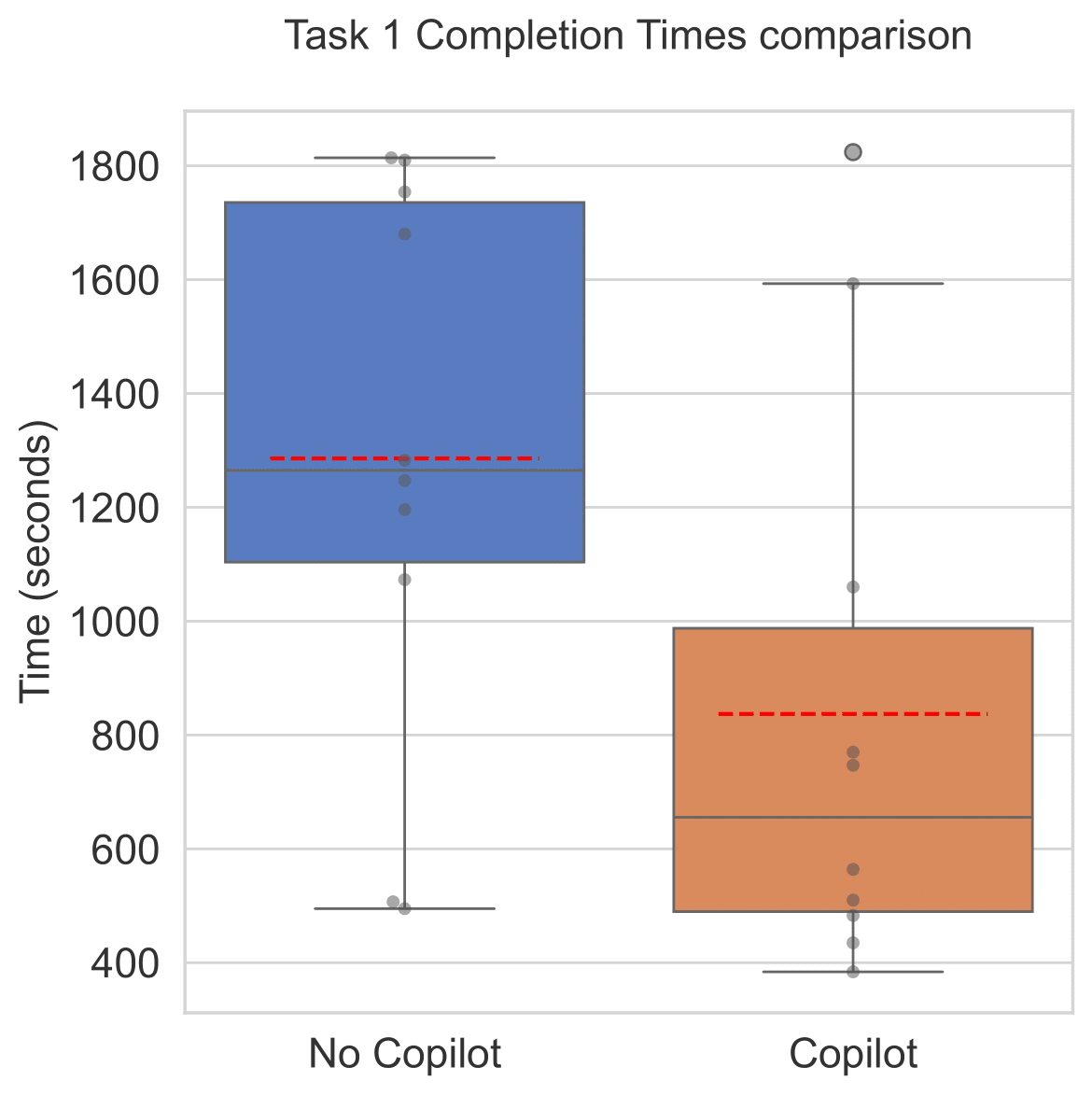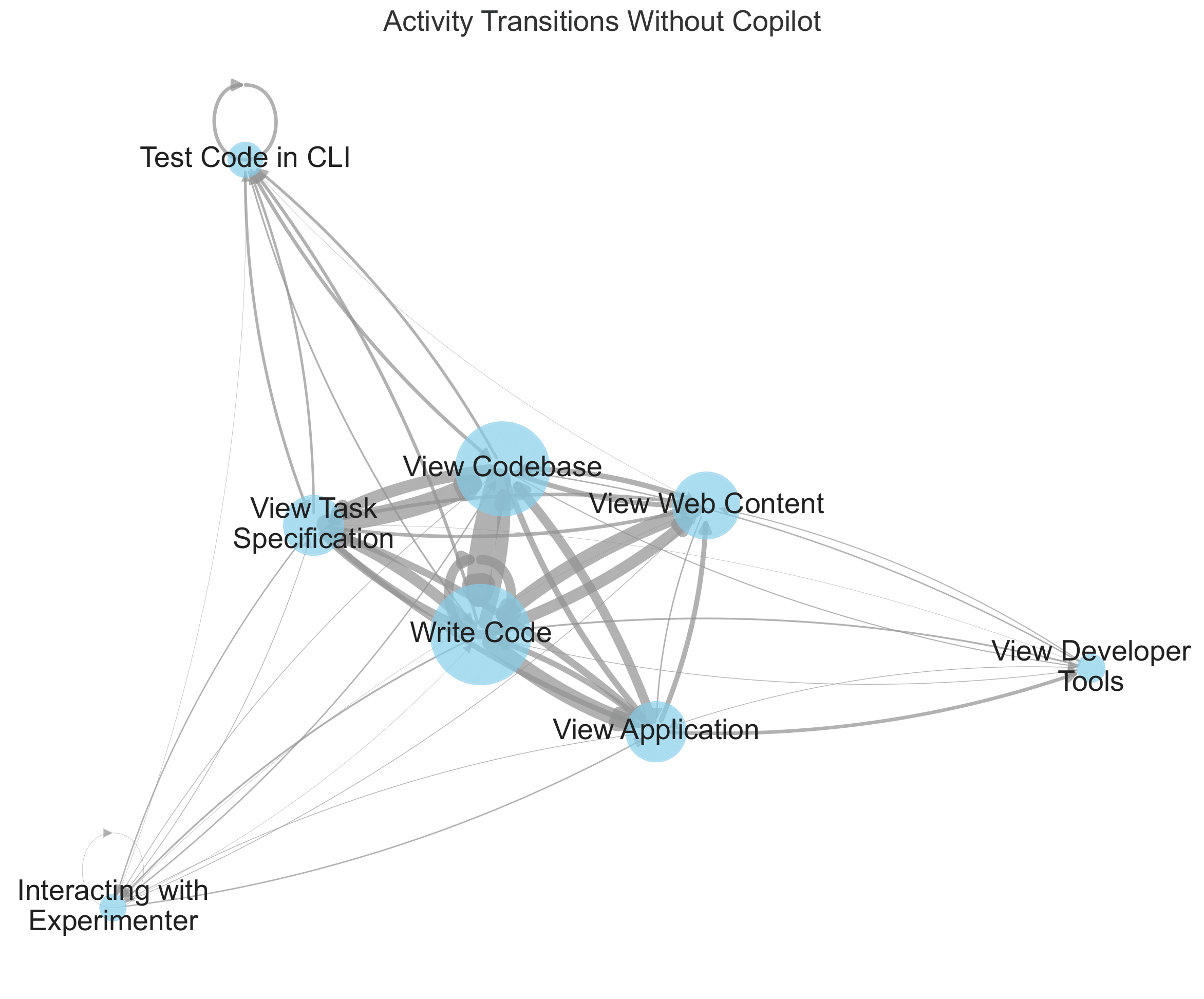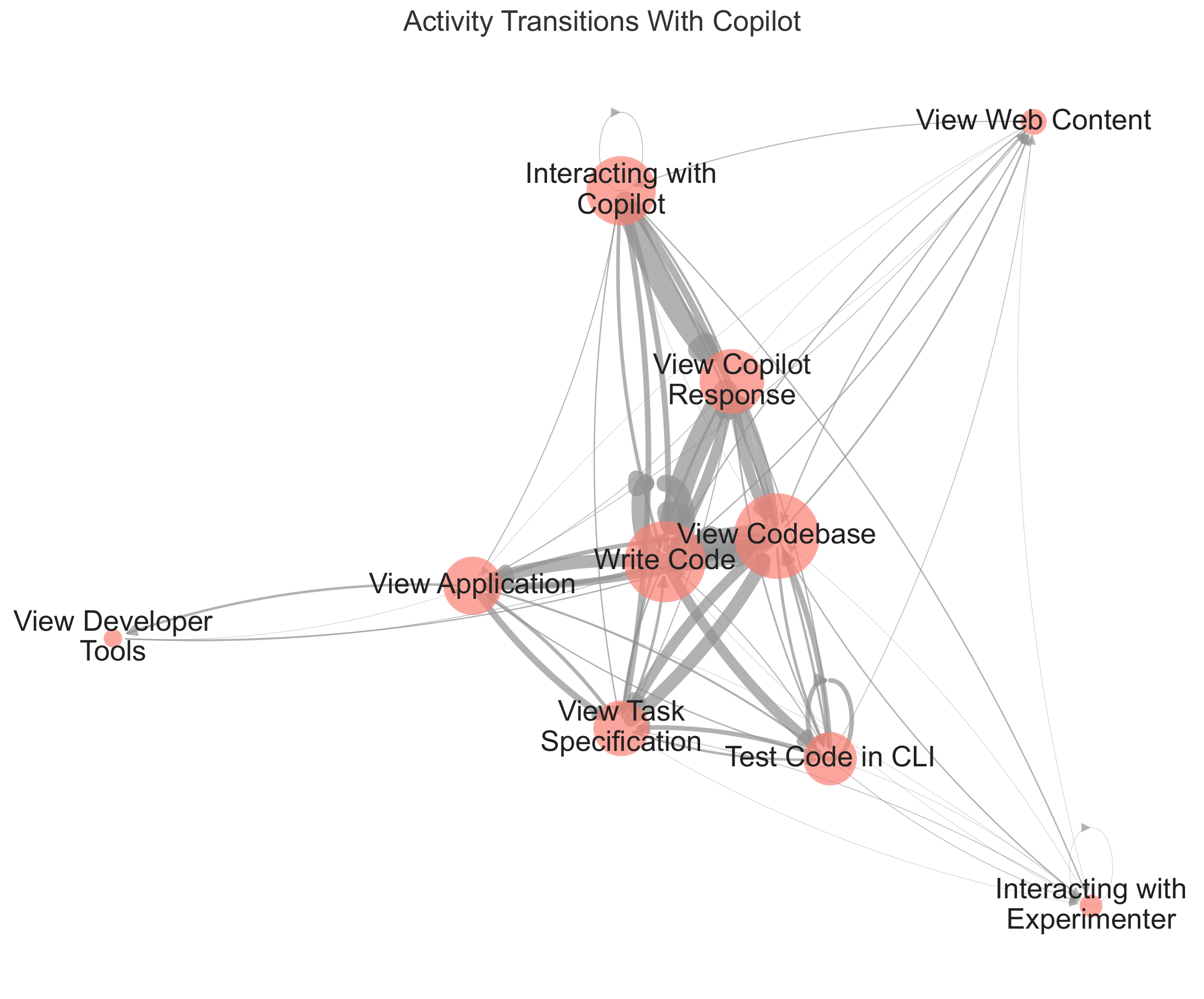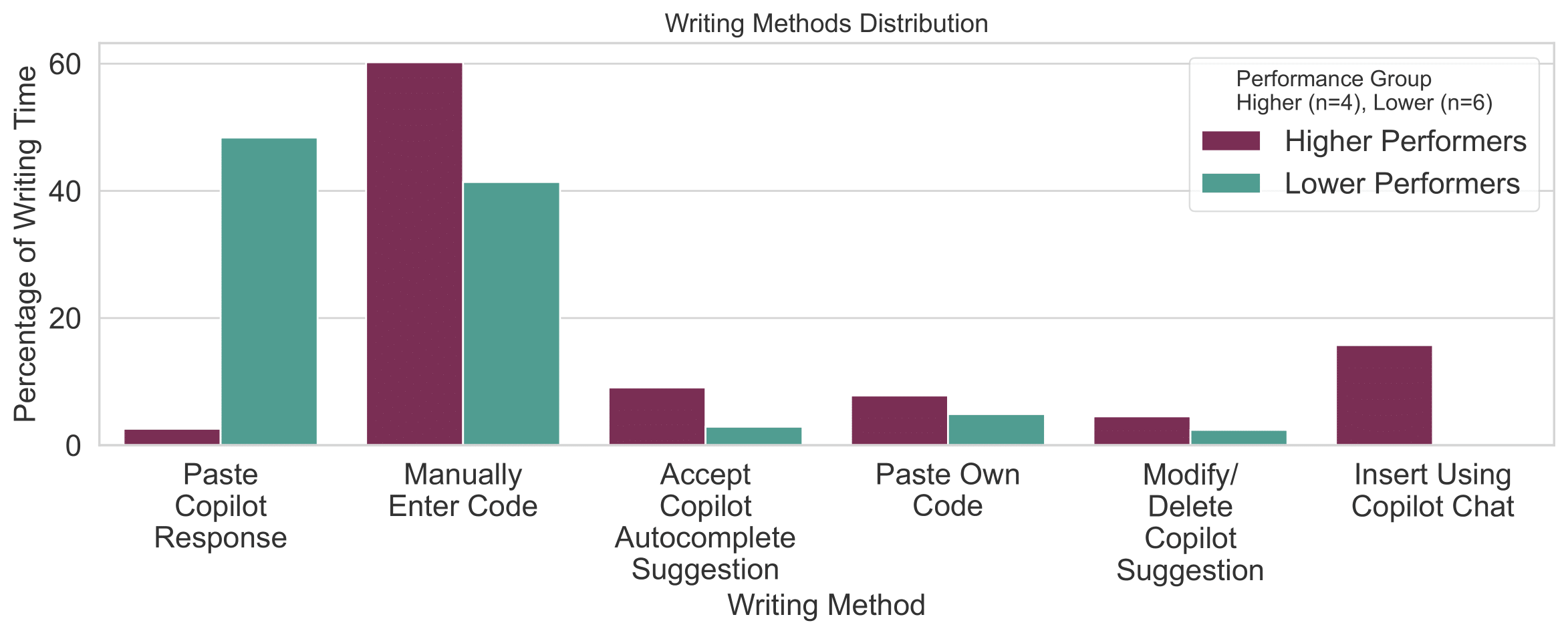When graduates of computing degree programs
enter the software industry, they will most
likely join teams working on legacy code bases
developed by people other than themselves. In
these so-called
brownfield software development settings, generative artificial intelligence (GenAI)
coding assistants like GitHub Copilot are
rapidly transforming software development
practices, yet the impact of GenAI on student
programmers performing brownfield development
tasks remains underexplored.
This paper investigates how GitHub Copilot
influences undergraduate students' programming
performance, behaviors, and understanding when
completing brownfield programming tasks, in
which they add new code to an unfamiliar code
base. We conducted a controlled experiment in
which
10 undergraduate computer science
students
completed isomorphic brownfield development
tasks with and without Copilot in a legacy web
application.
Using a mixed-methods approach combining
performance analysis, behavioral analysis, and
exit interviews, we found that students
completed tasks 34.9% faster (p
< 0.05) and made
50% more solution progress (p <
0.05) when using Copilot. Moreover, our analysis
revealed that, when using Copilot, students
spent
10.63% less time manually writing
code
(p < 0.05), and
11.6% less time conducting web
searches
(p < 0.05), providing evidence of a fundamental
shift in how they engaged in programming.






